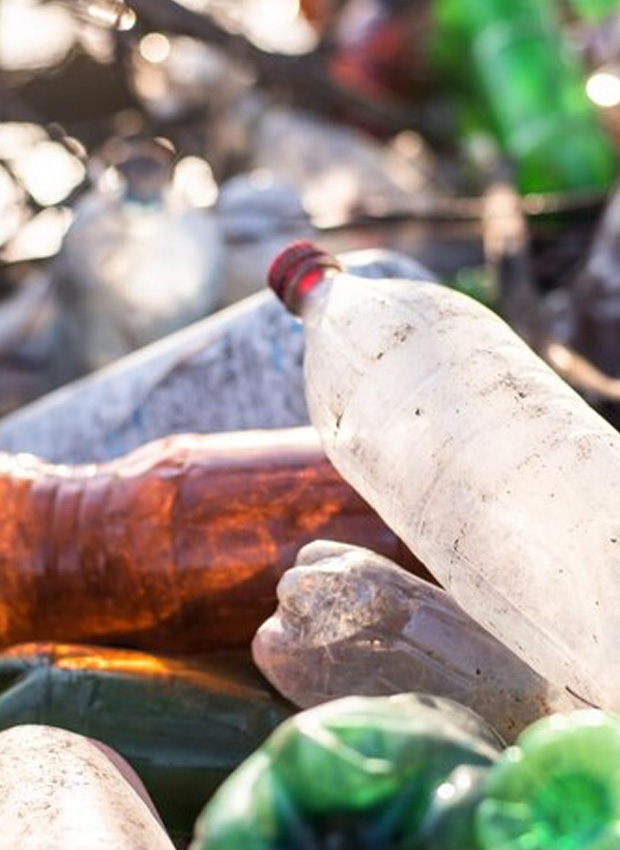Globally, plastic pollution is rising sharply, with a new report from The Pew Charitable Trusts warning that annual plastic flow into the ocean could nearly triple by 2040, reaching 29 million metric tonnes—equivalent to 50 kg of plastic for every meter of coastline. This surge threatens human health, ecosystems, and key economic sectors like tourism and fishing. Single-use nappies are significant contributors to this plastic waste. Since their invention in the late 1940s, disposable nappies have become the leading choice for parents, driving a booming market expected to exceed US$100 billion by 2030. This growth is fueled by high birth rates in developing countries and increased urbanization, while in regions with declining birth rates, aging populations may lead to higher consumption of adult incontinence products..

Life Cycle Assessment (LCA) is a recognized method for evaluating the potential environmental impacts of a product or service. It offers a structured framework to analyze its effects on both the natural environment and society. One of the key advantages of LCA is its capacity to identify the areas with the greatest potential impact throughout the value chain, as well as to reveal trade-offs between various impacts.

The production of disposable diapers relies on substantial amounts of resources. For instance, each disposable diaper typically contains around 40% plastic, sourced from fossil fuels, contributing to resource depletion and pollution.
The manufacturing process is energy-intensive, accounting for approximately 70% of a diaper’s total life cycle greenhouse gas emissions. It takes about 2.2 kilograms of CO2 emissions to produce one kilogram of disposable diapers.
Transporting raw materials and finished diapers further contributes to carbon emissions. The report indicates that transportation can account for up to 15% of the total life cycle impact, depending on the distance traveled.
Babies typically use around 4,000 to 6,000 diapers before potty training, leading to significant resource consumption. The average baby’s diaper use can result in a carbon footprint of around 1.3 tons of CO2 equivalents over their diapering period.
Most disposable diapers end up in landfills, where they can take up to 500 years to decompose. The report estimates that around 3.5 million tons of disposable diapers are disposed of annually in Europe alone, contributing to landfill issues and environmental pollution.
The assessment emphasizes the considerable environmental footprint of both disposable and reusable diapers, highlighting the urgent need for sustainable alternatives and improved waste management practices to mitigate these impacts.
1. Total reduction of single-use diapers by a 1:200 ratio: Each reusable diaper can be used for approximately 200 washes, significantly decreasing the need for single-use options.
2. Reusable nappies have lower potential human health impacts and lower potential damage to ecosystems than single-use nappies
3. The home-washed reusable nappy has the lowest resource depletion
4. Cost Savings:
a. Single-Use Cost: Families can spend between $1,500 to $3,000 on single-use diapers over a child's diapering period.
b. Reusable Cost: The initial investment for reusable diapers is around $300 to $500, resulting in potential savings of $1,000 to $2,500 over the diapering years.
5. Environmental Impact:
a. Landfill Contribution: a.Approximately 20 billion single-use diapers are disposed of annually in the U.S. alone, contributing to significant landfill waste.
b. Carbon Footprint: b.Studies suggest that using reusable diapers can reduce overall carbon emissions by up to 40% compared to single-use diapers, especially when reused for multiple children.